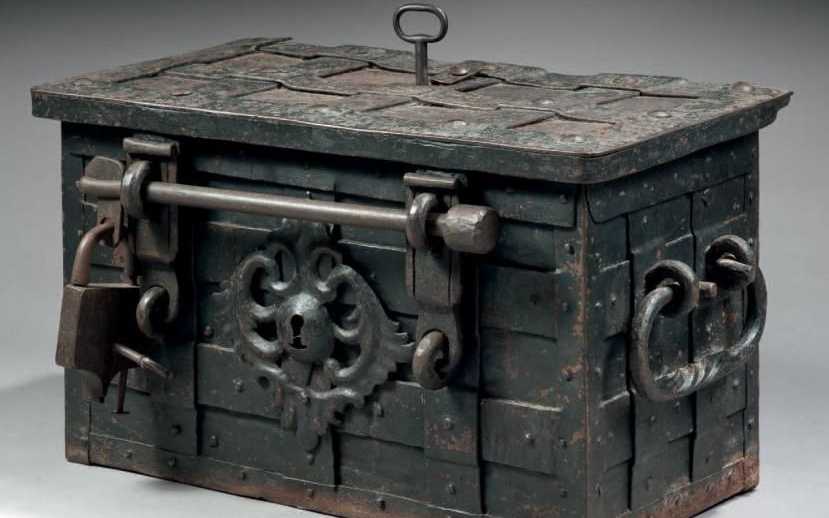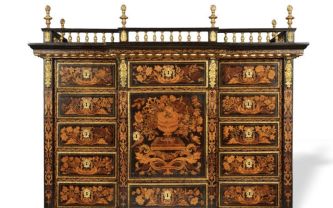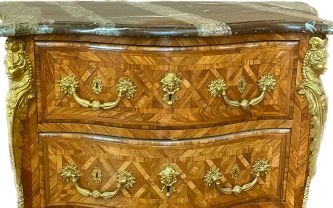Free appraisal of Renaissance furniture

Renaissance furniture (from 1450 to 1630)
The transition from the Middle Ages to the modern era was marked by several major changes, including the creation of furniture that had never existed before. From the 15th century onwards, an extraordinary evolution began, leading to the birth of increasingly specialized types of furniture and a diversification of styles, forms and ornamentation that became characteristic of the decorative arts of the following centuries.
The Renaissance drew inspiration from classical antiquity to create furniture and decorative objects. Although the Renaissance is not known for faithfully copying ancient models, it did make use of a rich iconographic heritage drawn from classical antiquity. Renaissance furniture and decorative objects incorporated mythological beasts, fantastical beings and decorative motifs of Greco-Roman origin, as well as references to ancient Egypt, charged with numerous philosophical and magical meanings. Architectural forms were favored, and the vivid polychromy of the different woods and species used was emphasized.
A new look at Renaissance furniture
Renaissance furniture was often seen as utilitarian rather than artistic, so it was often discarded or modified to suit the changing tastes of the time.
Many pieces of furniture were destroyed during the wars and religious conflicts that took place in Europe during the Renaissance. Finally, the fashion for Renaissance furniture was replaced by other styles, such as Louis XIV, which led to a disaffection with Renaissance furniture. As a result, few pieces of furniture from this period have survived to the present day, which explains why it's rare to find authentic Renaissance furniture in France.
However, Renaissance double-body sideboards, carved wooden chests, marquetry cabinets, chairs and armchairs are occasionally found on the auction market.
Order of value from the most basic to the most prestigious furniture
Furniture type | Estimate |
|---|---|
Two-body buffet | From €1,000 to €9,600,000 |
Carved wooden box | From €100 to €1,100,000 |
Travel agency | From €2,000 to €4,700,000 |
Chair and armchair | From €500 to €900,000 |
Estimate your Renaissance furniture
The value of a piece of Renaissance furniture depends on a number of factors, such as age, authenticity, rarity, workmanship, state of preservation and history. So, to appraise a piece of Renaissance furniture on the market, the auctioneer and expert can recommend a realistic estimate taking into account these criteria, as well as the current market for Renaissance furniture. This approach ensures that the furniture is well valued, and that potential buyers are prepared to bid at levels that reflect its true worth.
Response in less than 24h
Related topics

Get a free estimate for your Louis XIV style furniture
Marquetry developed with the Louis XIV style, and wooden furniture became very fashionable. Today, they are still highly prized.
Read more >

Cote et valeur des meubles, commodes Étienne Doirat
Étienne Doirat is a cabinetmaker of the Regency period. His furniture is highly valued at auction. Estimate in 24h.
Read more >

Cote et valeur 2024 des meubles, secrétaires, commodes de Je...
Jean Chrysostome Stumpff is a German cabinetmaker who produced furniture that is highly rated and valued on the auction market.
Read more >
Secure site, anonymity preserved
State-approved auctioneer and expert
Free, certified estimates